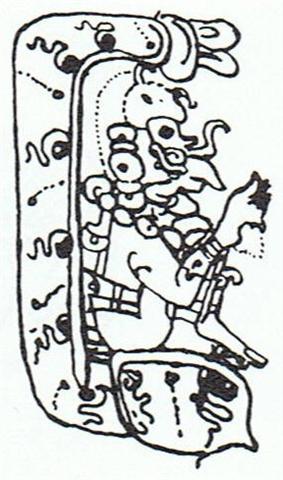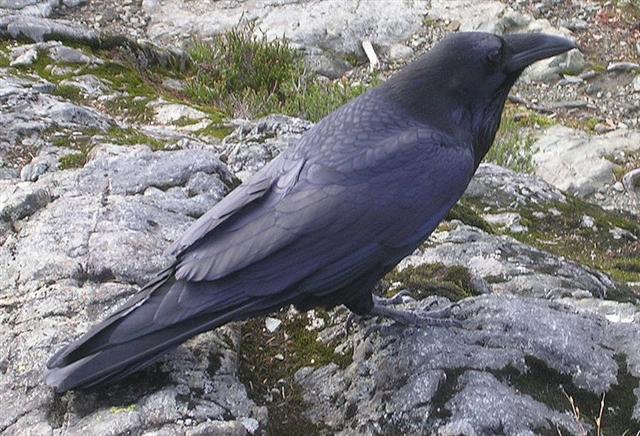The beginning of the so-called Moon calendar evidently coincided with August 25, i.e. the day after 8 lunar synodic months counted from the beginning of the Gregorian calendar:
At the empty headgear a week later, in September 1 (manzil day 108), we can count 62 * 4 = 248. 108 + 136 = 244 = 80 + 164.
The ruler of the first part of the year has vanished and only his headgear remains: ... The whole of him thus entered into the earth, and his head itself disappeared. But he left on the ground, as evidence of his passage into that world, the bowl which had caught on the edges of the opening. All that remained on the anthill was the round wooden bowl, still bearing traces of the food and the finger-prints of its vanished owner, symbol of his body and of his human nature, as, in the animal world, is the skin which a reptile has shed ...
... the effect does curiously resemble a poleaxe, or a flag on a pole, and consists of a 'shaft', narrow at the base but widening a little towards the top, running up the left hand side of the solstice stone, surmounted by a right-facing 'head' or 'flag'. An instant later an almond-shaped spot of light, like an eye, appears a few centimeters to the right of the 'flag' and the effect is complete ... this flag-on-a-pole symbol is the ancient Egyptian hieroglyph neter, meaning 'god', or 'a god' - and not to be understood at all in the Judaeo-Christian usage of that word but rather as a reference to one of the supernatural powers or principles that guide and balance the universe. Manifested here, in this strange Stone Age temple, it glows, as though lit by inner fire. September 1 (244) is 72 (= 360 / 5) days later than the June solstice and a new Ruler may have been urgently needed. 5 days later, in glyph 168 (= 157 + 11), his canoe figure-head (Rei te vae) possibly appeared to announce his arrival:
A week after right ascension 11h (in rongorongo times) the first star in the Phoenix constellation (ι) reached its nakshatra position close to the moon in the night of September 11. The word 'eleven' is etymologically regarded equal to 'one more'. Counted from the December solstice this night was number (365 - 354) + 254 = 265 (= 365 - 100). Gregorian day 265 is September 22 (equinox) and Gregorian day 249 is 80 days earlier than November 25 (329) when Antares (Ana-mua) rose heliacally. Such facts may seem like coincidences, but they could also be the result of generations of hard work trying to put everything into proper order.
Ca7-9 has a Sign which indicates the 'eating hand' (kai) now is in the past. This is 6 lunar synodic months from the March equinox:
The stars in the Raven (Corvus) constellation were beginning to rise heliacally at 12h with Alchita (α). This dark bird was opposite in time to the fire bird Phoenix:
The 'leading star' in Phoenix is Ankaa (α) and it could be seen in the night sky of Septebmer 24 when there was a gap in the flow of heliacal Raven stars:
I have above redmarked the stars in Phoenix and Corvus. Stars coloured black refer to those which were visible in the night sky when the corresponding bluemarked stars rose heliacally. Notably blue Acrux (187.5) - red Ankaa/κ Phoenicis (5.0) = 182½ (= 365 / 2). In rongorongo times Ankaa and κ Phoenicis rose together in RA day 5.0 (March 26, manzil day 314) and once upon a time the heliacal rising of this pair could well have been the origin for the rest of the structure:
... Perhaps we should understand that Dubhe and Fomalhaut (α Piscis Austrini) form the last pair of important stars. 348 (Fomalhaut) - 186 (Chang Sha) = 162 = 167 (Dubhe) - 5 (Ankaa) ... ... ζ, a 6th magnitude double, almost on the limit of invisibility, strangely seems to have borne a name in China, - Chang Sha, a Long Sand-bank ...
| ||||||||||||||||||||||||||||||||||||||||||||||||||||||||||||||||||||||||||||||||||||||||||||||||||||||||||||||||||||||||||||||||||||||||||||||||||||||||||||||||||||||||||||||||||||||||||||||||||||||||||||||||||||||||||||||||||||||||||||||||||||||||||||||||||||||||||||||||||||||||||||||||||||||||||||||||||||||||||||||||||||||||||||||||||||||||





















